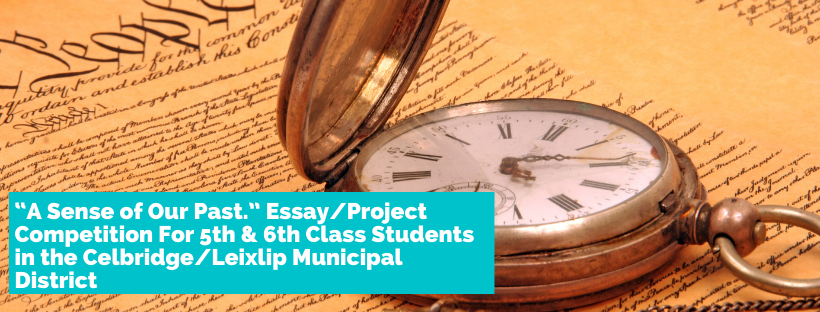By Ciara Murray, Maynooth Library

As you return to the library buildings you might notice the plaque on the wall of Maynooth Community Library in honour of the people of Maynooth who fought in Robert Emmets Rising of 1803.
The 1803 Rising built on the work of the failed 1798 Rebellion and groundwork began shortly after to build support for another attempt. In Paris exiled United Irishmen had formed a small community and began planning a private expedition to invade Ireland. Looking to fill leadership roles in Kildare, Emmet provided funds to Thomas Russell to engage some of these men and arrange expenses to be paid for them to return.
Preparations for the Rising began in earnest in the end of 1802 as dissent groups throughout Kildare began to reform and meet regularly. Stockpiles of weapons, ammunition and explosives were gathered and hidden in a few premises around Dublin. These stockpiles were more successfully concealed from authorise then those gathered in 1798 however, after an accidental explosion at one of the depots Emmet was forced to bring forward the date for the rising.
This movement of the date caused several issues primarily confusion within the ranks of the rebels as they were unclear as to what day the rebellion was planned. As such many didn’t march on Dublin as planned. Further the moving of the date meant that not all arms had been secured and on finding the lack of fire-arms available many Kildare Rebels turned back again.
Nevertheless, the rising went ahead in Dublin on the evening of 23 July 1803. In the days ahead rebels throughout Kildare began moving through the county on the way to Dublin pausing in Naas. On the morning of the Rising over 300 men are believed to have left Naas for Dublin congregating on Thomas Street where most of the combat action took place. The plan was to capture a few strategic positions within the city of Dublin and then wait for others to rebel. Due to its symbolic meaning as the seat of the British Government in Ireland Dublin Castle was the main target of the rising. It was also expected to be lightly guarded making it easy to capture.
During this, 100 rebels from the North of Kildare gathered in Maynooth where they captured two dragoon guards giving them free reign of the town. Able to move at liberty the rebels organised marching exercises on the street and visited houses of people known to be sympathetic or have arms to donate. Many joined the rebels at this point. The Duke of Leinster soon got word of the insurrection but decided not to engage with the rebels due to his late brother, Lord Edward FitzGerald’s involvement with the United Irishmen. Instead, he sent word to Lyons, who was leading the rebels in Maynooth, where his weaponry could be found and a request for his family to be kept unharmed. However, he sent word to Dublin to inform them of the rising and requested troops be sent to Maynooth.
The next day on the 24th of July, the rebels began to make their way to Celbridge to join with rebels from Prosperous and Rathcoffey. However, when they arrived, they found only the commanding officer present. He looked for another day to finish gathering his troops and proposed that they wait another night. Unease had now started through the North Kildare and Maynooth rebels as news started making its way to them that the Rising the previous day in Dublin had been a failure. They continued until nightfall gathering arms from households in the Rathcoffey area before losing heart and dispersing.
A two-year man hunt was performed in order to find the leaders and rebels to had joined the rising. Emmet himself was captured in Harold’s Cross, Dublin on the 25th of August 1803 where he was hiding with his sweetheart Sarah Curran. He was later trialled for treason and executed by hanging and post-mortem beheading.
Emmets Rising was ultimately a failure but led to many people in the lower classes rising up without the leadership of Lords and inspired many of the leaders of the 1916 Easter Rising.
Source: The Emmet Rising in Kildare / Cullen, Seamus








Leave a Reply